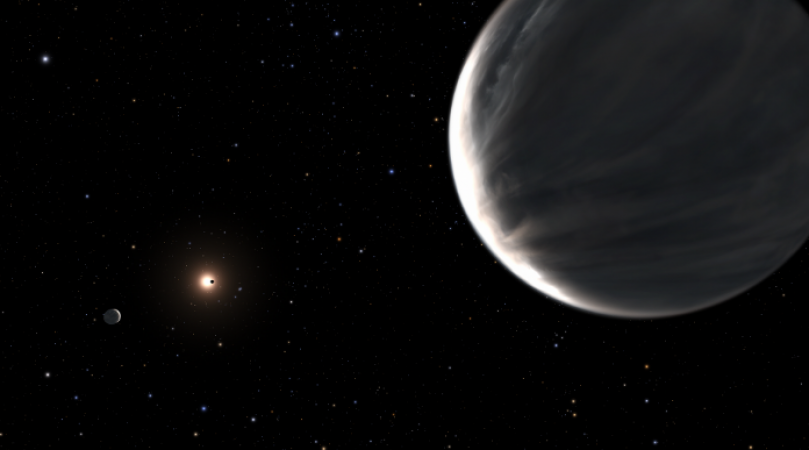
USA: Kepler-1658b is an exoplanet speeding towards its host star. Astronomers can now for the first time observe the decaying orbit of an exoplanet around an "evolved" or old parent object. The exoplanet is getting closer to its star as its orbital period is decreasing at a rate of about 131 milliseconds per year.
Due to its size similarity to the giant planet and its proximity to its host star, Kepler-1658b is also known as a "Hot Jupiter". About one-eighth of the distance between our Sun and Mercury is covered by its orbit. It was discovered by the Kepler space telescope in 2009, but it was not until 2019 that it was determined to be an exoplanet.
Exoplanet orbital decay is a slow process, making them difficult to find. The study found that Kepler-1658b's orbital period is increasing by 131 milliseconds (or thousandths of a second) annually.
Also Read: James Webb Space Telescope discoveries that will change science in 2022
The Transiting Exoplanet Survey Telescope, the Hale Telescope at Palomar Observatory in Southern California, and the Kepler Space Telescope all tracked it (TESS) for years.
A transit, which occurs when an exoplanet crosses the face of its star, results in a decrease in the star's brightness, as seen from Earth.
In contrast to Mercury's 88-day orbit, Kepler-1658b's orbital period is only 3.8 days, making it possible for astronomers to observe regular transits. Over the past 13 years, the transit interval of exoplanets has decreased slowly but significantly.
Kepler-1658b's orbital delay is thought to be due to tidal interactions with its host star. Due to the gravitational pull of the Earth and Moon, this same phenomenon causes the oceans to rise and fall on our planet.
Also Read: iPhone 16 to be made in India, Apple and 3 entities apply for land
Tidal interactions can either push orbiting bodies outward, such as our Moon, which is receding, or drive them inward, such as the orbiting body of Kepler-1658b.
Planetary astrophysicist Shreyas Visapragada said, "We can really start refining our models of tidal physics now that we have evidence of a planet accreting around an evolved star.
Thus, the Kepler-1658 system may serve as an astronomical laboratory for years to come. It is expected that soon there will be a large number of such laboratories.
Also Read: Vineet Gupta Jamboree Education Founder Opines - EdTech can boost youth employability ratio
The host star and Kepler-1658 are getting closer and closer until they collide. Earth may experience a "death-by-star" fate similar to the age of the Sun in a few billion years.
According to NASA, when the Sun begins to fade, it will grow into a red giant star large enough to engulf Mercury, Venus, and possibly Earth.